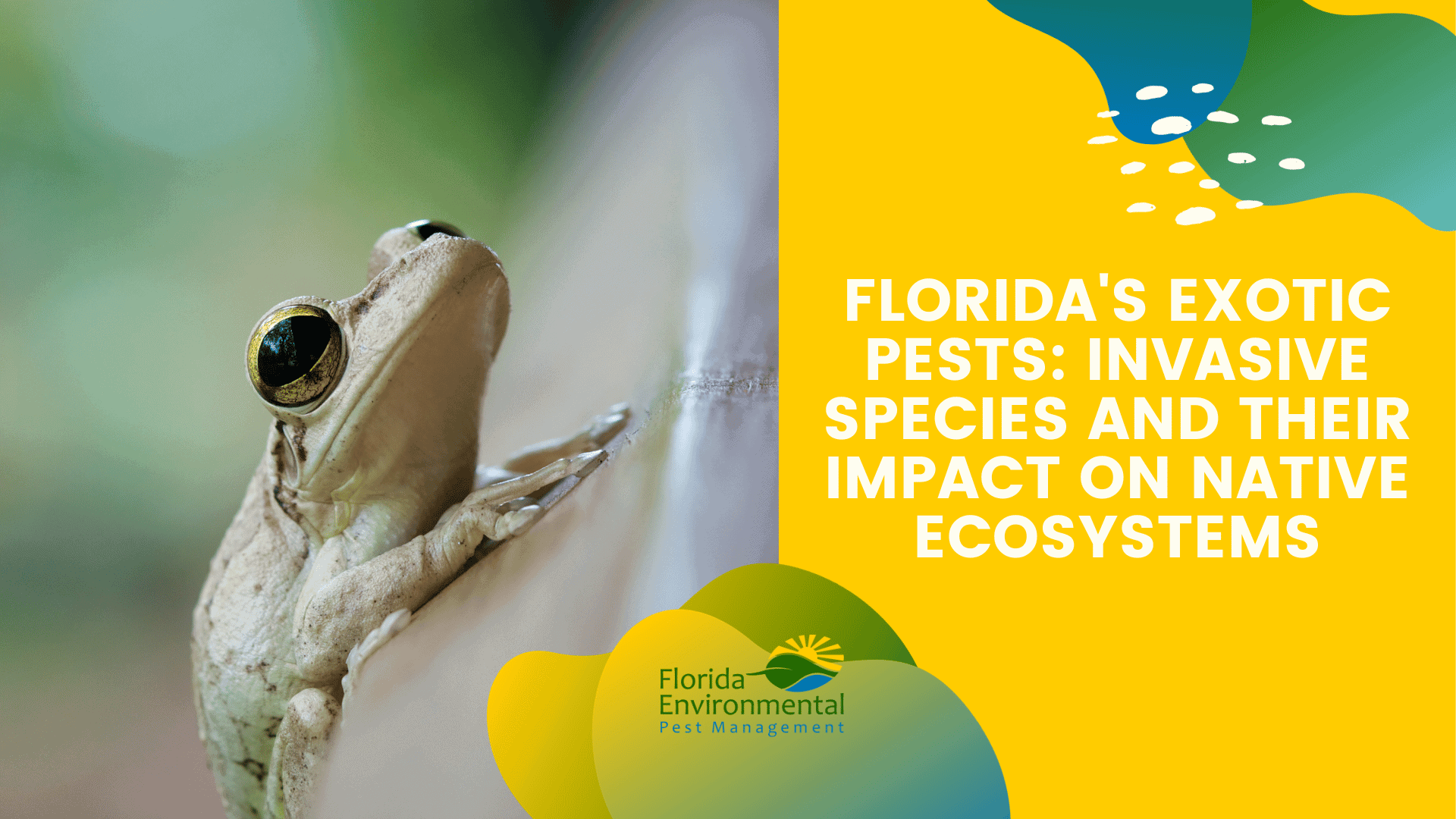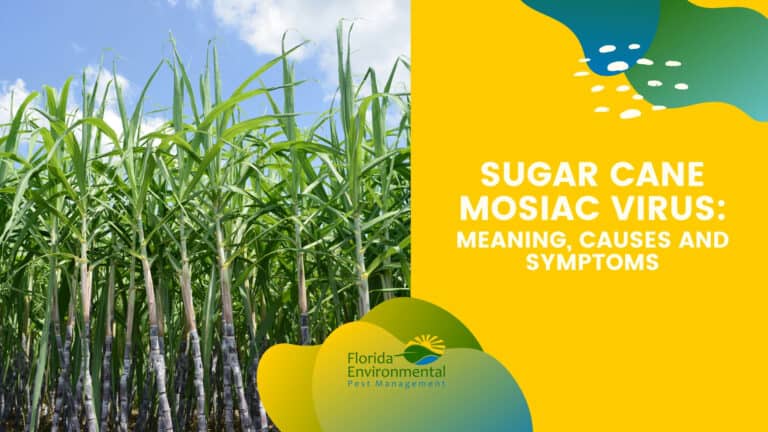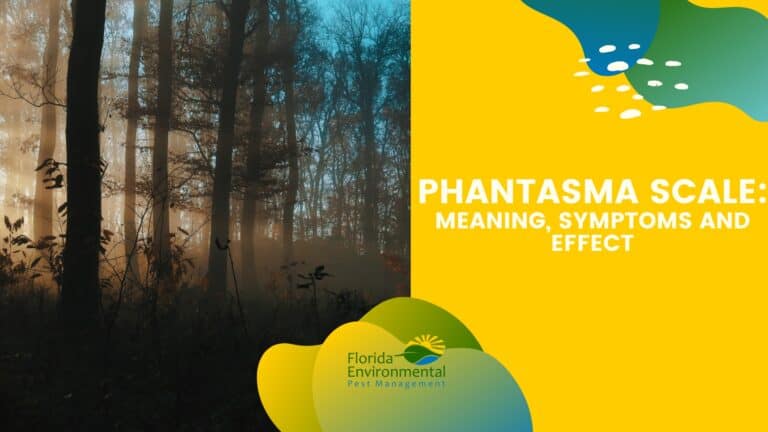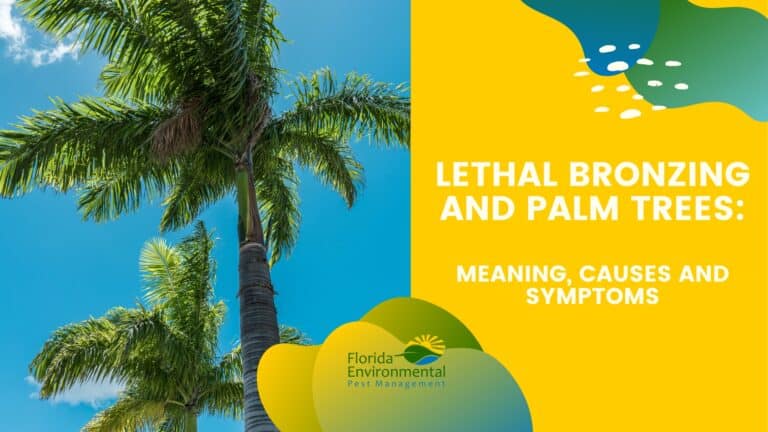Florida, with its diverse ecosystems ranging from the expansive Everglades to the colorful coral reefs of the Keys, is facing a challenge from uninvited guests: invasive species. These non-native pests disrupt the ecological balance in our environment, acting like unwelcome intruders at a gathering, often outcompeting, preying on, or introducing diseases to which local species aren’t adapted. As we dive deeper into this topic, we’ll uncover the profound impact these invaders have on our cherished landscapes and the pressing need to address their influence.
The Rise of Exotic Pests in Florida
Florida’s appeal stretches beyond sun-seekers and snowbirds—it’s unintentionally become a hotspot for foreign critters too. Much of this unwelcome biodiversity sneaks in through global trade, or abandoned pets, and pests that come with unsuspecting tourists. However they arrive, these invasive species often find Florida to be a land of opportunity, exploiting the environment without the checks and balances of their native homes, leading to a tangled mess for the state’s ecosystems.
Highlighted Invasive Species and Their Impact
Here are a few invasive pests that Florida commonly deals with:
Burmese Python
Originating from Southeast Asia, the Burmese python’s introduction to Florida can be largely attributed to the pet trade. With some owners releasing them into the wild, these powerful constrictors have found a home in the Everglades. Without natural predators, their population has skyrocketed, leading to alarming declines in native species. Birds, mammals, and even alligators fall prey to their insatiable appetite, disrupting the established food web and ecological balance of the region.
Cuban Treefrog (Osteopilus septentrionalis)
Originating from the Caribbean, the Cuban Treefrog has now established itself as the largest treefrog in Florida. These frogs not only outcompete native species for food and breeding sites but also prey on them. With their voracious appetites, they feast on a broad range of invertebrates, as well as smaller native frogs. Additionally, their skin secretes a mucus that can cause burning and itching in humans, especially if it comes into contact with the eyes.
Giant African Land Snail
This mollusk, native to East Africa, is a more recent unwelcome guest. Believed to have been introduced via the exotic pet trade, these snails reproduce prolifically and have a voracious appetite. They feed on over 500 plant species, including agricultural crops, causing significant economic damage. Moreover, they can carry a parasite harmful to humans, adding a health concern to their ecological impact.
Nile Monitor Lizard (Varanus niloticus)
The Nile Monitor lizard is an intimidating presence in the Florida landscape. These creatures, which can grow up to 7 feet in length, were initially introduced to Florida through the pet trade. Once released or escaped into the wild, they found the state’s warm climate to their liking. With a diet that spans from small mammals and birds to fish and amphibians, they pose a direct threat to native species, especially in sensitive areas like the Cape Coral region. Their burrowing behavior can also cause erosion and infrastructure damage.
The Ecological Ripple Effect
The impact of an invasive species isn’t limited to its immediate surroundings or the direct harm it causes to native species. Rather, like a stone thrown into a pond, its influence can send ripples throughout the ecosystem. For instance, when an invasive predator such as the Burmese python reduces the population of a particular prey species, this can lead to overgrowth of another species that the prey used to feed on. Consequently, this cascading effect can alter habitats, disrupt the food web, and even change the physical landscape, as vegetation patterns shift in response to changing animal populations. Such disruptions can also make ecosystems more vulnerable to other threats, like diseases or natural disasters, further underscoring the broad-reaching implications of unchecked invasive species growth.
Human Impact and Responsibilities
The battle against invasive species is not just a fight for Florida’s environment; it’s intertwined with human lives and livelihoods. As ecosystems shift and native species populations decline, industries reliant on these ecosystems—such as fishing, agriculture, and tourism—suffer economic blows. The Giant African Land Snail’s threat to crops, for example, has direct implications for Florida’s agriculture sector. Similarly, the diminishing native fish populations due to the lionfish invasion can affect local fisheries.
Some invasive species, like certain mosquitoes, can introduce or amplify health risks by transmitting diseases. This serves as a stark reminder that the balance of ecosystems directly correlates to human well-being. But with these challenges comes responsibility. It’s crucial that Floridians and visitors alike remain informed and vigilant, adopting practices that prevent further invasions and supporting efforts to restore affected ecosystems.
Protect The Environment With Professional Pest Control
Understanding the life cycles of common pests is fundamental to keeping your home and business pest-free. Although a proactive approach involves an ongoing commitment to implementing pest control practices, the results speak volumes. Skilled professionals are equipped with the right tools and knowledge to root out infestations, targeting pests right at the root of the problem. For preventative pest control or to target the source of an ongoing pest problem, contact Florida Environmental Pest Management today.





